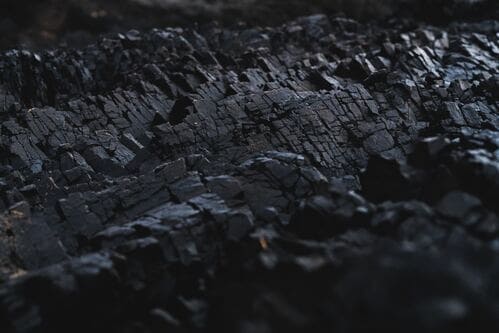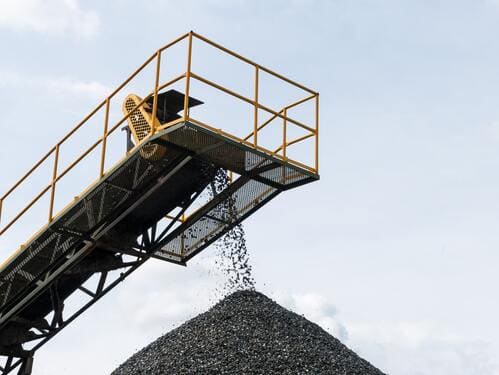The increasing role of the oil and gas industry has led to development of many related technologies including distributed sensing systems. Among other things, they have become a part of the leak detection technology that has proved to be one of the most powerful.
For development of the most cost-effective detection technology there should be a balance between three elements: well-trained staff, properly configured distributed monitoring systems and proper operations’ arrangement. By observing these conditions, the effective operation is achieved.
With distributed monitoring systems, the pipeline management leads to the fast detection of any accidents, thus, reducing the extent of damage, as well as unforeseen expenses.
The Most Common Classification of Distributed Sensing Systems
Distributed sensing is a continuous monitoring technique which operates across the whole fiber optic cable in real time.
In contrast with the conventional sensors that were previously applied, distributed sensing systems use the whole optical fiber instead of the separate sensors that measure parameters in certain points. For this reason, fiber optic systems are easier to install even in heavy ambient conditions. With fiber optic cable, specialists have no need in defining particular locations where sensors should be placed. This fact makes the monitoring process more cost-effective.
The distributed sensing systems are different due to the data they require. So, there are distributed acoustic sensing (DAS) or distributed temperature sensing (DTS).
- Distributed temperature sensing (DTS) uses a fiber optic cable that serves as linear temperature sensors. Eventually, specialists get the full temperature profile for the required period.
- Operation principle of the distributed acoustic sensing (DAS) is similar to the DTS system. It applies a fiber optic cable as well, that provides the data. However, instead of registering temperature changes, they are relying on the acoustic and vibration changes in fibers.
Applications of the Leak Detection Systems
Leak detection fiber optic systems are installed to get the information about any appearing changes in parameters and leak possibilities. The distributed monitoring systems are able to find leaks almost instantly.
Here are a few examples where fiber optic sensing systems have found their applications:
- One of the last well-known developments connected to fiber optic sensors is the monitoring of offshore Arctic fields. Pipelines are constructed for safe transportation of oil and gas avoiding any leaks. However, there are high risks of their deformation because of the severe environmental conditions like the effects of ice gouging, permafrost thaw settlement, or physical damage. The absence of fiber optic monitoring systems may result in severe environmental, and economic impacts.
- Distributed sensing systems can be also applied for liquid sodium leaks monitoring. Fiber optic sensors can be implemented into various nuclear power plants and other facilities. Electromagnetic immunity, ability to resist high temperatures and operating in radioactive environments make fiber Bragg grating sensors a powerful instrument in monitoring.
- Distributed monitoring systems are also used at wastewater treatment plants. The leak can lead to dangerous consequences such as spillage of contaminated fluids and therefore environmental damage.
Main Purposes of the Fiber Optic Technology Applications in Leak Detection
Fiber optic sensing systems bring many benefits while using. As a result, they have become useful instruments and can be applied for different purposes. Firstly, distributed monitoring systems are usually used for monitoring any changes that take place over long distances of the pipelines. Fiber optic sensors can monitor flow rates, temperature, pressure, ground strain, etc. All measured physical parameters are sent to the center where all the data is displayed with the help of the software.
Due to the received data from fiber optic monitoring systems, specialists are able to watch any changes or conduct the necessary calculations. In case of any changes, the operator or security personnel gets a signal that there are changes and sees their accurate site. So specialists can quickly respond to any changes and prevent any further possible damage.
The other purpose of distributed sensing monitoring is leak detection. Fiber optic monitoring systems can be installed both on buried and unburied pipelines. They can detect the precise location of the leakage in a short time. Moreover, they can discover other accidents like ground disturbances, theft, manual and machine excavation, etc.
Fiber optic monitoring systems designed for the oil and gas industry can also help in optimizing the lifetime of the wells. They are used as integrity monitoring instruments of the storage tanks, process vessels and other equipment. Considering all the information, specialists can make a decision on the maintenance programs as a means of extending the service life.
Due to all these possible applications, distributed sensing systems have found their place in the gas and oil industry. Fiber optic sensing systems have proved to be cost-effective in measurements of main parameters in pipes in the conditions of severe environmental and industrial equipment.
Optromix is a fast-growing vendor of fiber Bragg grating (FBG) product line such as fiber Bragg grating sensors, for example, FBG strain sensors, FBG interrogators and multiplexers, Distributed Acoustic Sensing (DAS) systems, Distributed Temperature Sensing (DTS) systems. The company creates and supplies a broad variety of fiber optic solutions for monitoring worldwide. If you are interested in structural health monitoring systems and want to learn more, please contact us at info@optromix.com




